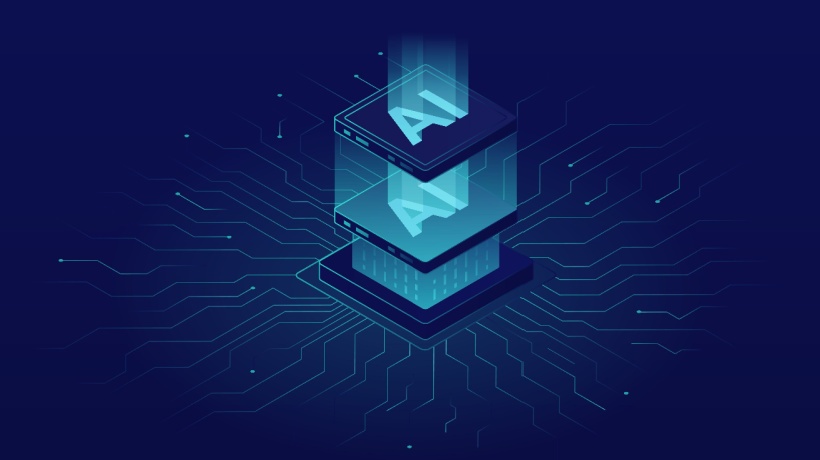Modern eLearning Forms: 5 Ways To Realize eLearning Is Evolving
With industry buzzwords like mobile learning, bite-sized learning, gamification, and Virtual Reality, it is no surprise that in recent years, there are proclamations of the 'death of eLearning'. But is eLearning really dead? Or are we just referring to what is perceived as traditional eLearning?
eLearning can be defined as "learning conducted via electronic media, typically on the internet". If we use that definition, then, not only is eLearning not dead, it is very much alive, and kicking, and growing. After all, mobile learning, bite-sized learning, gamification, and Virtual Reality are all forms of learning conducted via electronic media.
Traditional eLearning can take many forms and can be described in one word – boring. Picture your compliance training, where you are given an information dump, pages that look like slides with a voiceover, and perhaps a quiz at the end. As learners became savvier, and at the same time overloaded with information, there was a need for more interactive forms of eLearning which incorporated multimedia such as videos, used different interactions such as drag-and-drop, flip cards, and also featured user scenarios and characters. While that helped to make eLearning more interesting, it still needed a change. Today, technology is evolving rapidly, and so should eLearning, which relies on the use of technology. It is no longer about how we learn, it is really about making learning part of our lives.
Let me just confess – I love eLearning. I can learn at my convenience, in my pyjamas, and with my dogs at my feet. I do not have to travel to a location, wrestle with lunch crowds, be forced to network with my classmates, or listen to questions I have no interest in. But on the same token, I have no tolerance for learning which does not engage.
Any form of learning at any age needs to provide practical knowledge, engage, and motivate. Think about when you learnt algebra. It was probably difficult to grasp until your teacher was able to relate it to something practical (for example the distribution of candy), made it engaging (by asking for class participation), and provided motivation (by giving out candy to those who got the algebra problem right).
Let us look at a few of the ways modern forms of eLearning provide practical knowledge, engage, and motivate.
1. Mobile Learning
The proliferation of smartphones has changed industries and lives. In the Cisco Visual Networking Index (VNI), it was projected that by 2020 there would be more people with mobile phones than people with electricity. Any software developer today knows that mobile availability is key to success.
Mobile learning allows learners to learn anytime, anywhere, and has enabled just-in-time learning.
"On the way to a customer meeting and need to brush up on presentation skills? No problem. Launch your favorite mobile learning app, and pick up practical tips you can use during your meeting".
2. Bite-Sized Or Microlearning
A close cousin of mobile learning is bite-sized learning. It is no longer practical to expect your learners to dedicate an hour of their day to go through an online module. Learners want just-in-time information and want to be able to see instant results from the time they invest in learning. Bite-sized information means that they are easier to consume and most likely much easier to remember and apply.
3. Gamification
Gamification helps to address the motivation issue for learning. We are complex beings with complex needs. Learning just because it is 'good for us' or that it helps us to 'do a good job' may not always be sufficient. We want to be challenged, and to actualise our potential. That is where gamification comes in.
Gamification does not necessarily mean a full-fledged game with characters and different scenes (also known as game-based learning). It could be as simple as a badge for completing tasks or going through content, points, leaderboards, and prizes.
Gamification typically encompasses bite-sized learning.
4. Social Learning
By 2012, there were over 1 billion unique users on Facebook. The number of social media apps continues to grow. People love sharing information, milestones, status updates, and reading about what their peers are up to.
Social learning enables people to learn from one another. It could be by observation, imitation, or simply sharing of information. Video-based learning is increasingly popular and sometimes learners are encouraged to share videos of themselves performing certain tasks (for example presenting a sales pitch), and the videos can be used both for the instructors to critique, and for fellow learners to observe and learn.
5. Virtual Reality
Virtual Reality learning aims to immerse the learner in the environment rather than being a passive recipient. As technology advances, virtual worlds are no longer just 3D environments on-screen. Virtual Reality headsets can completely immerse the learner in an environment, so it feels like the real thing.
Conclusion
eLearning is very much alive and evolving. Indeed, there are many different terms being used: Digital learning, online learning, microlearning, mobile learning, gamification, Virtual Reality... but, a rose by any other name would still smell as sweet.
As technology continues to advance faster than ever, so will 'eLearning', and the physical classroom may someday be completely obsolete.









